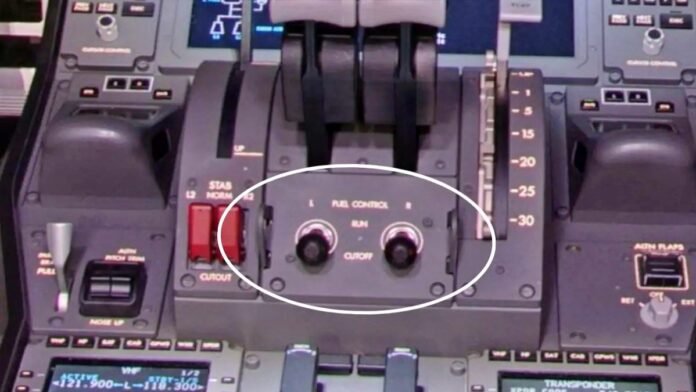
Key Points
- Tragic Crash: Air India 787 Dreamliner crashed on June 12, 2025, in Ahmedabad, killing 260 people, including 241 onboard and 19 on the ground, leaving only one survivor.
- U.S. Media Claims: The Wall Street Journal cited cockpit voice data suggesting the captain may have moved the fuel cutoff switches, fueling allegations of pilot error.
- No Pilot Blame in Official Report: India’s preliminary AAIB investigation stops short of blaming the pilots, and explicitly notes confusion in the cockpit rather than intent or error.
- Pilot Community Outraged: The Federation of Indian Pilots (FIP) and other pilot groups have condemned what they call premature, selective, and damaging blame before the completion of a full investigation.
- Mechanical Faults Ruled Out: Air India and India’s aviation authorities found no maintenance or mechanical issues with the aircraft or its fuel switch mechanism.
- Investigation Ongoing: Authorities urge public and media to await the final comprehensive report, which could take up to a year to complete.
New Delhi: After the devastating crash of Air India Flight 171 a Boeing 787 Dreamliner on June 12 in Ahmedabad, the U.S. media has attracted sharp criticism for shifting scrutiny toward the Indian crew rather than the manufacturer. With Boeing already under fire globally for safety concerns, new American reports seem to frame the tragedy around pilot actions, rather than possible technical or systemic failures.
Wall Street Journal Allegations: Pilot in the Spotlight
The Wall Street Journal reported, citing U.S. officials and cockpit voice recordings, that the captain, Sumeet Sabharwal, may have manually moved fuel control switches to the ‘cutoff’ position seconds after takeoff. This deprived both engines of fuel and led to the rapid loss of thrust and catastrophic crash into a nearby medical college building. The dramatic account says the first officer asked, in clear panic, why the fuel switch was switched off, while the captain responded calmly.
However, official investigation documents corroborate only that cockpit confusion was captured one pilot asked, “Why did you cut off?”, while the other denied having done so. The AAIB’s own preliminary report does not assign blame or clarify whether the action was deliberate or accidental.
What the AAIB and Aviation Authorities Actually Found
The Aircraft Accident Investigation Bureau (AAIB) of India released its preliminary report on July 12. Their findings:
- Both fuel control switches were inexplicably switched from ‘RUN’ to ‘CUTOFF’ within one second of takeoff.
- A backup power device (ram air turbine) deployed, indicating a complete loss of engine power almost immediately after takeoff.
- Both switches were later found back in the ‘RUN’ position, consistent with attempted restart(s), but the aircraft was already too low to recover.
- No evidence of pilot intoxication; both were highly experienced (Sabharwal: 15,638 hours, Kunder: 3,403 hours).
- The aircraft had no mechanical or maintenance issues, and Air India’s fuel switch mechanisms were all functioning correctly.
Indian Pilots’ Associations and Experts Respond
Pilot unions and industry experts have blasted the U.S. media’s narrative and what they call unfair demonization of the crew:
- The Federation of Indian Pilots (FIP) called media reports “premature and irresponsible,” insisting that the probe is not complete and warning against drawing conclusions based only on selective, paraphrased cockpit recordings.
- Other pilot groups also noted that such allegations undermine morale, professional reputation, and cause distress to families of the deceased while risking unwarranted fear among the traveling public.
Did the Aircraft Malfunction?
- Investigation into possible electrical or software glitches that could cause the fuel control switches to default to ‘cutoff’ is ongoing. Some experts cite previous incidents where switches transitioned involuntarily, referencing prior advisories on the switch system.
- U.S. and Indian inspectors, as well as Boeing, maintain that the fuel switch locking system on all inspected Boeing 787s is safe and compliant.
What Lies Ahead?
With the loss of 260 lives, the crash stands as one of India’s worst aviation tragedies and the first fatal incident for a Boeing 787 globally. Authorities urge the public and media to avoid conjecture until the official, comprehensive investigation concludes a process expected to take several more months.







































